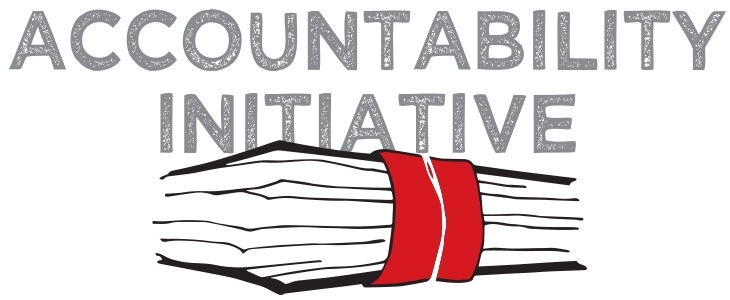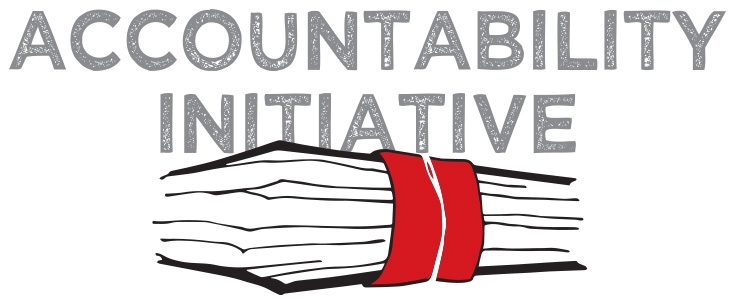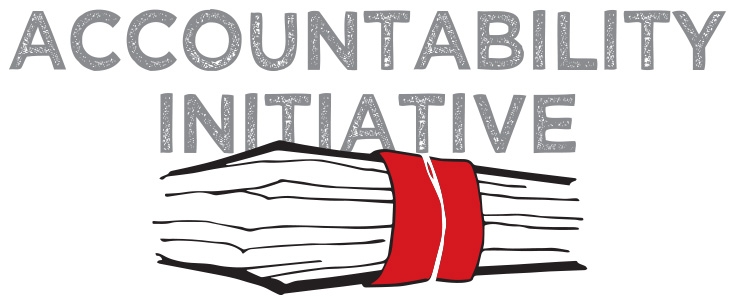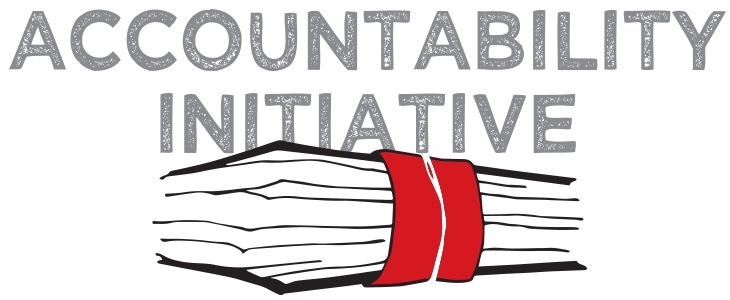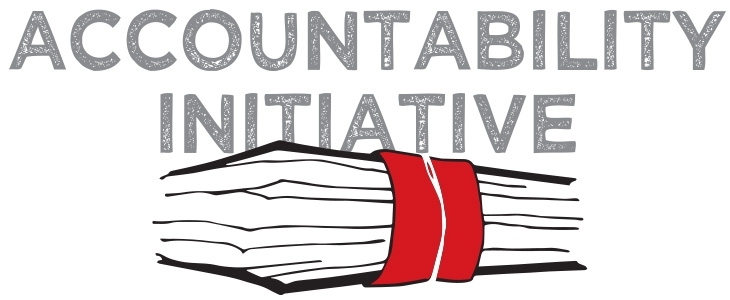One of the most difficult things to get in Delhi is land for your house. Even more difficult is figuring out whether the land is legal or illegal, whether the land deal is genuine or if someone is trying to trick you and make you a victim of a land fraud scam. Considering all the hassles, you might just choose to buy a flat, more so a flat which is built and allocated through the government, only to find out that there is no water in the taps, an electric current is running freely all over the place and the whole area just across the street is some kind of a hub for household industries and it just wont let you sleep. Even worse is that you open a shop on what you consider perfectly legal land only to discover after a few years that a huge crane is standing in front of your house, ready to tear apart the shop on the ‘now encroached’ land. For all of this and more, there is now a one pill cure for all the ailments in the form of the Right to Information Act.
A closer look at the RTI applications submitted to the Delhi Development Authority (DDA) reflects the power of information to bring about a more transparent and accountable system of governance. The RTI also helps citizens to overcome bureaucratic hurdles and the associated corruption which have harassed the ‘common man’ for ages. Many of these applications are inquiries about a piece of land and its use, or a flat which a person is either currently using or plans to acquire in the future. There are some which are concerned with general queries about the maintenance of colonies, parks and the associated area in a particular locality. While these cater to the interests of an individual or a group of citizens, there are others which are relevant to the general public as a whole and question the DDA on planning, implementation and malfunctioning of public works. Besides this, there are also questions on corporate houses, various government departments who seek to benefit from the information gained about any kind of prevailing contract, prospective work or just a suspected case of corruption which negatively affects their interests.
The most surprising thing about applications to the DDA is that its pretty evident that a lot of DDA officials are using the RTI to settle intra/inter-departmental issues and raising questions about the general functioning of the DDA. These musings within the DDA often take the shape of settling personal vendettas using RTI. But these cases are an exception, rather than the norm.
The role of RTI in raising awareness and generating public opinion can’t be denied. From the welfare of the poor and the homeless to the banning of sale of narcotic substance, citizens have tried to question the government on many important issues. They have tried to direct government’s attention towards forgotten matters and bring out the flaws in our system of governance. The most important flaws, which courtesy RTI, are out in the public is the tremendous gap between existing policies and their implementation. By focusing on it citizens have certainly helped in improving their lives, the lives of the people around them and most importantly the state of governance. With the increasing awareness amongst citizens about the the value of RTI as a tool, one can picture a more accountable, transparent government in the future.
Alas, only if the fictitious Khoslas of “Khosla Ka Ghosla” fame had been able to use the RTI, they would not have fallen victim to a land extortion racket.
Abhishek is an intern with the Accountability Initiative. He is a graduate from the Tata Institute of Social Sciences, Mumbai.




